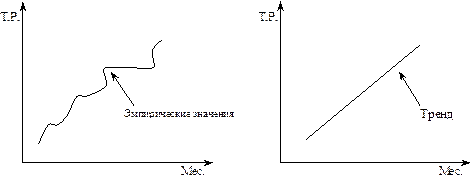British Government
The United Kingdom of Great Britain and Northern Ireland is a political term which includes England, Scotland, Wales and Northern Ireland. All of these countries are represented in parliament and the abbreviation UK is used on most official documents produced by Parliament. Britain is split into counties. The word county describes an area with its own local government. County councils are elected to run things, such as education, housing, town planning, and rubbish disposal. They look after things like roads, libraries and swimming pools. In Britain the Queen is the Head of State, but in fact she doesn't rule the country. The most important function of the Queen is ceremonial. The Queen is a symbol of the country history and its traditions. She is very rich. She travels about the UK, meets different people and visits schools and hospitals. The real power in the country belongs to the British Parliament and to the British Government. The British Parliament has two houses, or chambers: the House of Commons and the House of Lords. The House of Commons is the most powerful and decides national policy, but the House of Lords can ask the House of Commons to rewrite certain parts of a bill before it becomes a new law. The House of Commons consists of Members of Parliament, or MPs. The British people elect 650 MPs every five years. The 1, 203 members of the House of Lords are not elected. These members are permanent. They are often aristocrats, people of the church, lawyers and former politicians. The head of both Houses of Parliament is the Queen, but she has very little power. It is the Queen who formally opens Parliament every autumn, but the speech she makes from the throne is written for her by politicians. Nothing becomes British law without the monarch's signature, but the Queen would never refuse to sign a bill which has been passed by Parliament. The British flag, known as the Union Jack, is a combination of three flags: the Saint Andrew's cross, the Saint Patrick's cross and the Saint George's cross. Saint Patrick is the patron saint of Ireland. He was born about AD 390. He converted the Irish to Christianity. Saint Patrick's Day is celebrated on 17 March. The symbol of Northern Ireland is a shamrock. Saint George is the patron saint of England. He was a soldier famous for saving Princess Cleolinda from being eaten by a dragon Saint George's Day is celebrated on 23 April. The symbol of England is a red rose. Saint Andrew, a fisherman, was one of the 12 apostles who followed Jesus Christ. Paintings of Saint Andrew often show him being killed on an X-shaped cross. Saint Andrew's Day is celebrate on 30 November. He is the patron saint of both Scotland and Russia. The symbol of Scotland is a thistle.
The Welsh flag shows a dragon. Saint David, the patron saint of Wales, converted Wales to Christianity and established the Welsh church. Saint David's Day is celebrated on 1 March. The symbol of Wales is a daffodil or leek.
1. What is the UK? 2. What does the word county mean? 3. What is the role of the Queen in Britain? 4. Who does the real power in Britain belong to? 5. What does the British Parliament consist of? 6. What is the difference between the Commons and the Lords? 7. What do you know about the Union Jack? 8. What do you know about the patron saints in the UK? 9. What do you know about the symbols of the UK? 10. Can you compare British and Russian political systems?
|







